Tracing the Huns’ Genetic Legacy: A Eurasian Patchwork of Ancestry
Anthropology.net
FEBRUARY 24, 2025
The researchers found no widespread East Asian ancestry among the European populations of the Carpathian Basin following the Huns' arrival. However, a small but distinct group of individuals, primarily from "eastern-type" burials, carried significant East Asian ancestry. Related Research de Barros Damgaard, P.,

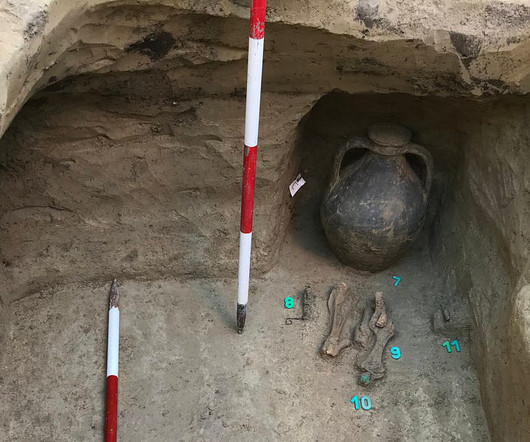
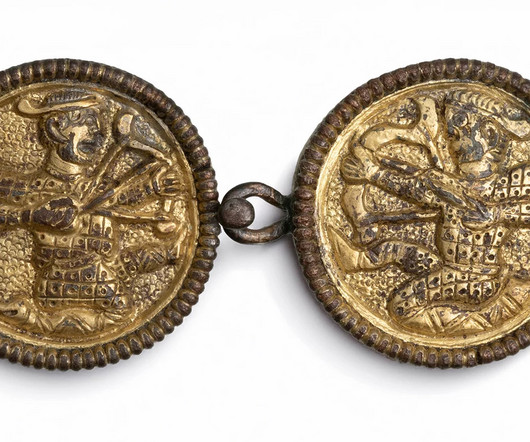
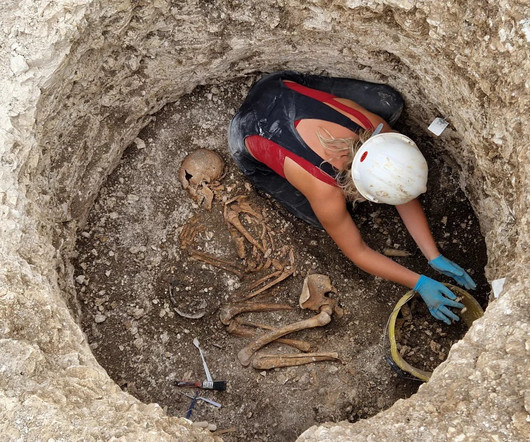

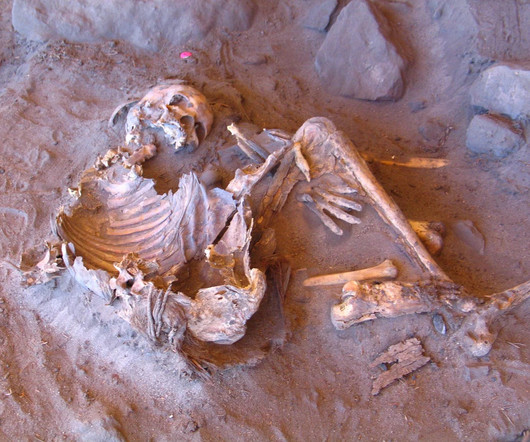

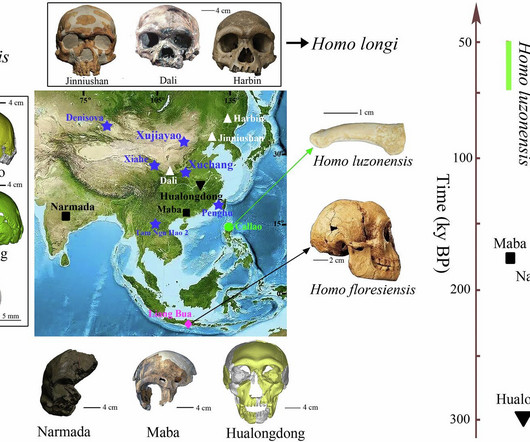

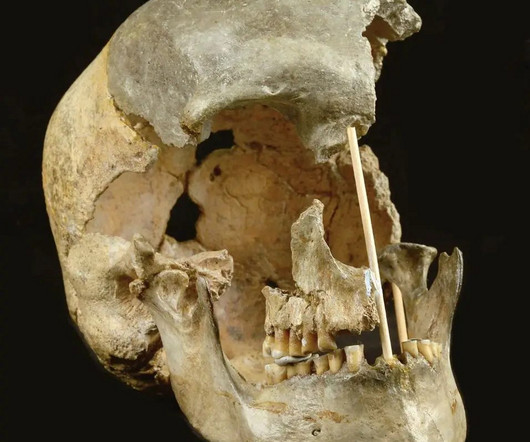
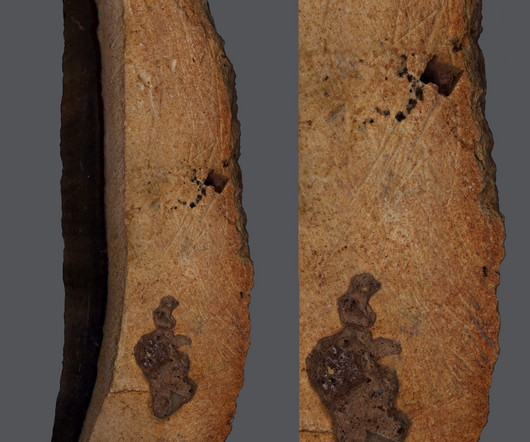
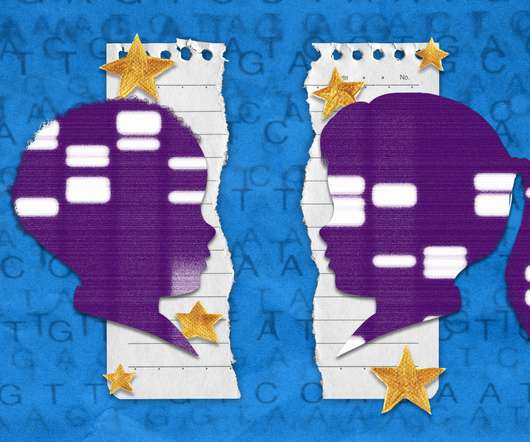



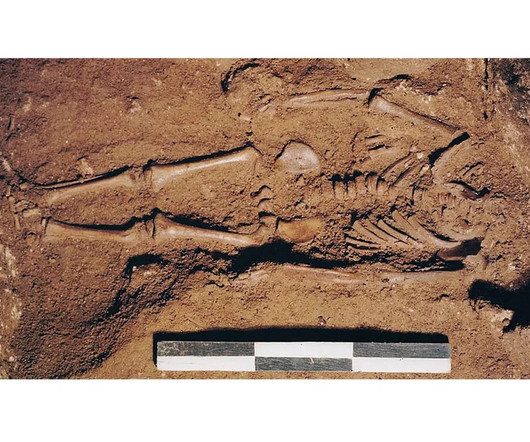


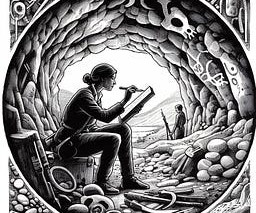







Let's personalize your content